The term “Reef Shark” applies to four different species. Researchers place three species, the blacktip, grey, and Caribbean, in the taxonomic genus Carcharhinus. They place the fourth, the more distantly related whitetip species, in the taxonomic genus Triaenodon.
Of the four species, the most well-known is the blacktip Reef Shark. For this reason, we will focus primarily on that species from here forward. Read on to learn about the Reef Shark.
Description of the Reef Shark
As you might have guessed from the name, this species of shark has black coloration on the tip of its dorsal fin. The rest of its body is grey, though the tail or caudal fin has black coloration on it as well.
Most individuals reach an average length of about five feet, though some reach lengths of six feet or more. They do not reach maturity until they measure about three feet long.
Interesting Facts About the Reef Shark
These predators have a number of unique adaptations and traits. Learn more about this species below.
- Visual Hunters – These sharks do not have the same vision as you and me. Their vision is based more upon spotting movement and contrast, rather than details and coloration. This helps them catch small, swift fish.
- Electroreception – When the water is too murky to see properly, they can always use their backup. Like all sharks, these creatures have specialized pores on their rostrum known as “ampullae of Lorenzini.” These pores let the shark “see” the electrical pulses of their prey’s muscles moving.
- Shark Bites – Though any animal with a mouth can bite, this species is usually not involved in altercations with humans. Researchers have only recorded a handful of incidents where this species bit a human, and none of these cases resulted in fatality.
- Common but Declining – These predators are widespread across many oceans, and their populations are relatively high. However, their reproduction rate is quite slow, and it takes a long time for them to reproduce. This means that they cannot replenish the amount of population loss that is occurring, and their populations are in decline.
Habitat of the Reef Shark
This species primarily lives in shallow regions close to shore. They prefer tropical and subtropical habitats with warm waters. As their name suggests, you can find this species cruising through coral reefs and atolls. Some also enter estuaries and mangroves as well.
Distribution of the Reef Shark
These predators have incredibly wide distribution through the Pacific and Indian Oceans. They roam along the coastline from Madagascar up along Africa’s coast to India.
From there, they live throughout Australasia into tropical regions of the Pacific Ocean. Their range extends to Hawaii, but does not reach the western coast of North, Central, or South America.
Diet of the Reef Shark
Primarily, this shark’s diet consists of small fish, squid, octopus, crabs, and more. Scientists have also recorded them preying on sea snakes, seabirds like gulls, and more. They hunt actively by pursuing their prey. Schools of sharks will attack schools of fish, sometimes driving them into shallow waters to capture them.
Reef Shark and Human Interaction
As sharks go, this species is not particularly dangerous to humans, and no recorded bite from a blacktip has resulted in death. Unfortunately, the same cannot be said for human interaction towards these sharks. People hunt these creatures for their meat, fins, and oil from their livers.
While overall populations have not been severely impacted, these sharks have been rooted out and gotten rid of completely from local regions where they used to live. Because of this activity, combined with their slow reproductive rates, the IUCN lists this species as Near Threatened.
Domestication
Humans have not domesticated any species of shark.
Does the Reef Shark Make a Good Pet
No, Reef Sharks do not make good pets. They reach impressive lengths when fully grown, so housing and caring for them is incredibly expensive. It is also illegal in many areas to own a shark as a pet.
Reef Shark Care
In a zoological setting, these creatures fare quite well. They reproduce easily in aquariums, and have the typical “sharky” look that guests love to see. Aquarists house these sharks in extensive tanks with a variety of other blacktips, other sharks, and different fish species.
It is also quite easy for aquarists to feed this species. They eat virtually any fish you put in front of them!
Behavior of the Reef Shark
You can find these sharks alone, or in groups known as schools. Some schools contain just a few animals, while others contain hundreds of individuals. Within schools there is no set social structure.
Generally, this species patrols a small range in search of food. They cruise around the edge of a coral reef in search of wayward fish. In some areas they also range into the mangroves during high tide to hunt for young fish.
Reproduction of the Reef Shark
This species is viviparous, which means its young develop as embryos in the uterus for a period of time before the shark gives live birth. Breeding season varies based on the region the shark lives in.
Researchers report that their gestation period ranges anywhere from seven months to nearly one year, based on where they live. The young sharks, known as pups, are self-sufficient and receive no care from their mother.
Beliefs, Superstitions, and Phobias About the Reef Shark
Many people fear all sharks as a whole. These creatures are not demons trying to chomp down on every person that they encounter, regardless of the species. This species in particular has very little record of aggression towards humans. Even species who do bite or kill typically do so because they have misidentified humans as prey.

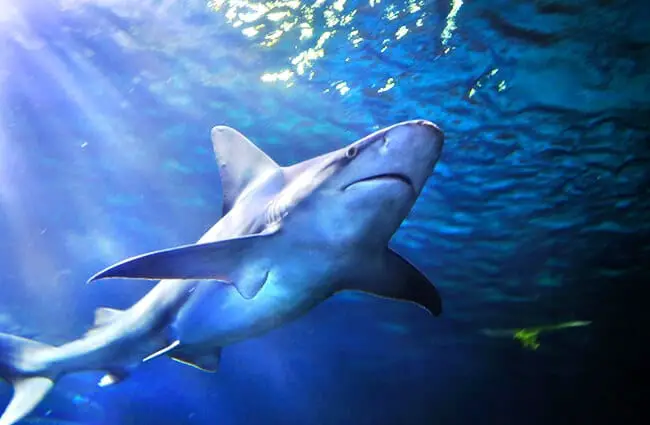

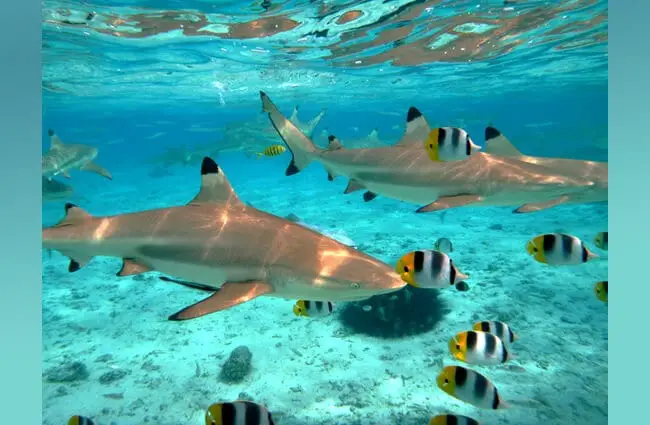
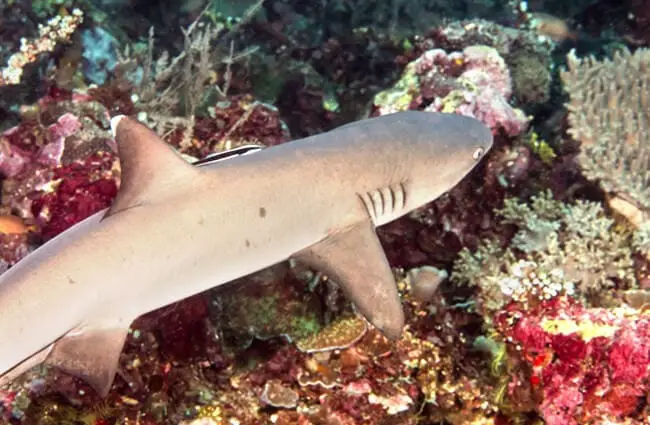
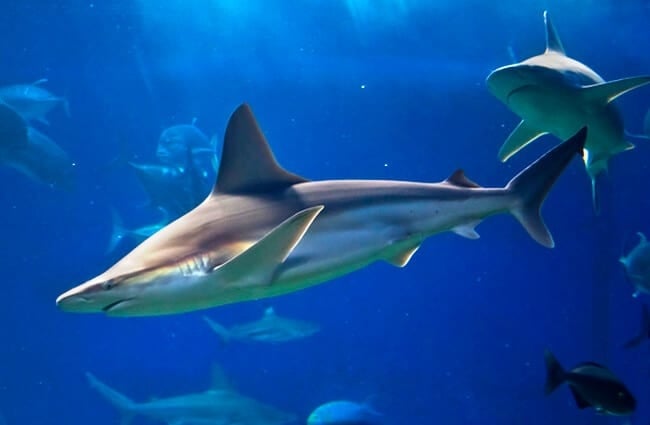
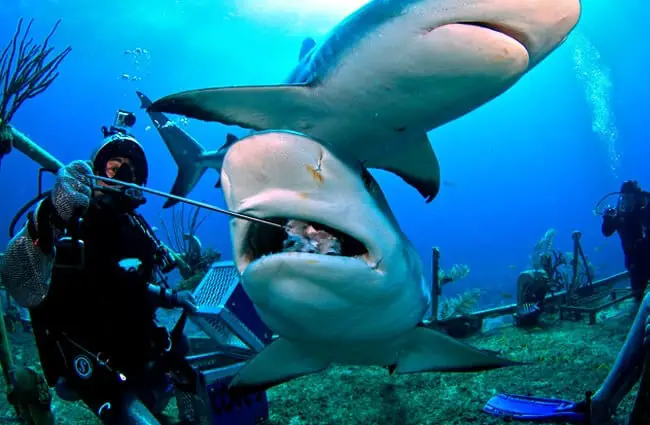

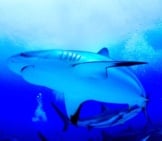

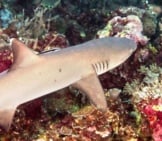


![Red Angus Closeup of a beautiful Red Angus cowPhoto by: U.S. Department of Agriculture [pubic domain]https://creativecommons.org/licenses/by/2.0/](https://animals.net/wp-content/uploads/2020/03/Red-Angus-4-238x178.jpg)












![Red Angus Closeup of a beautiful Red Angus cowPhoto by: U.S. Department of Agriculture [pubic domain]https://creativecommons.org/licenses/by/2.0/](https://animals.net/wp-content/uploads/2020/03/Red-Angus-4-100x75.jpg)

